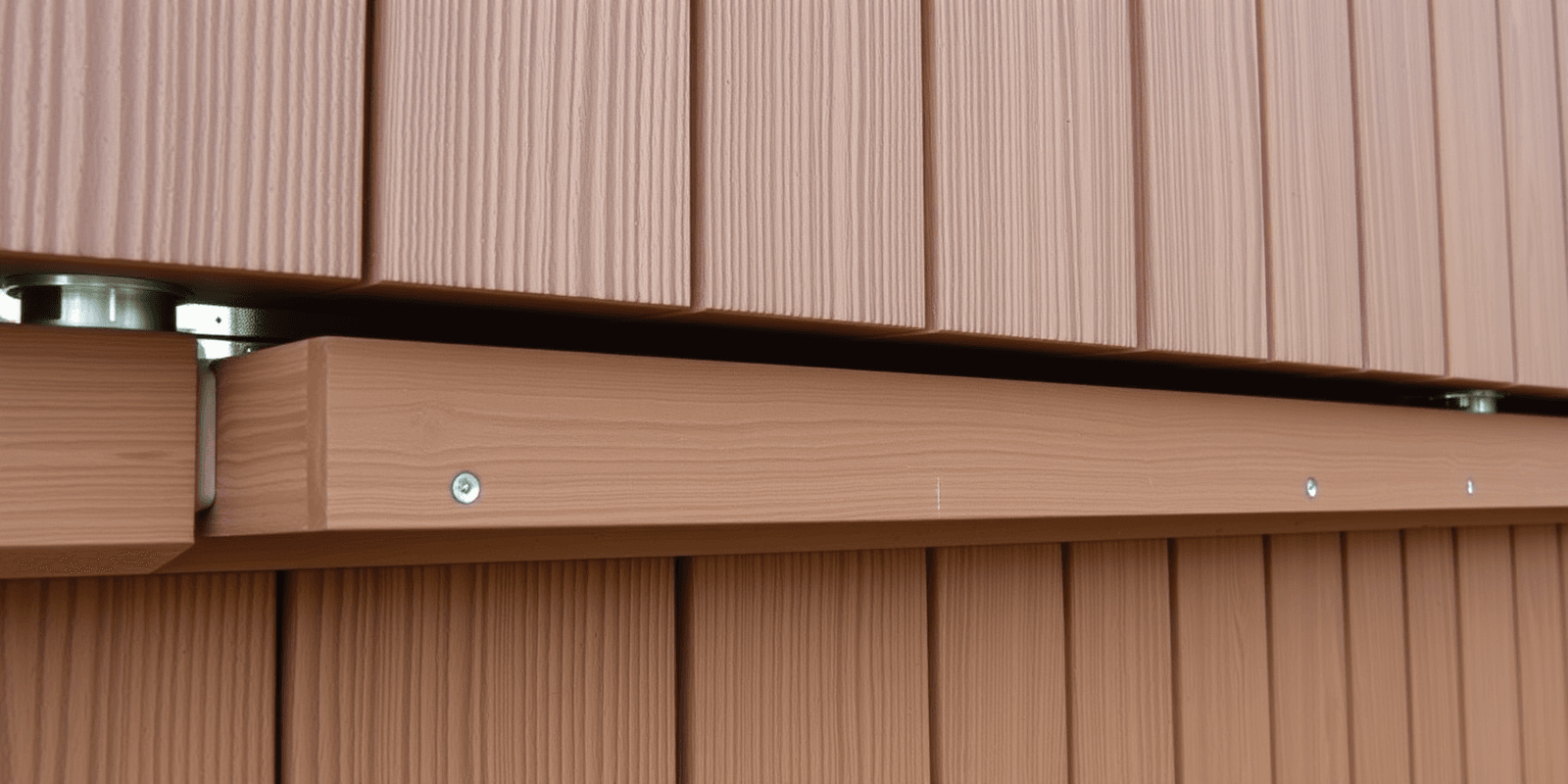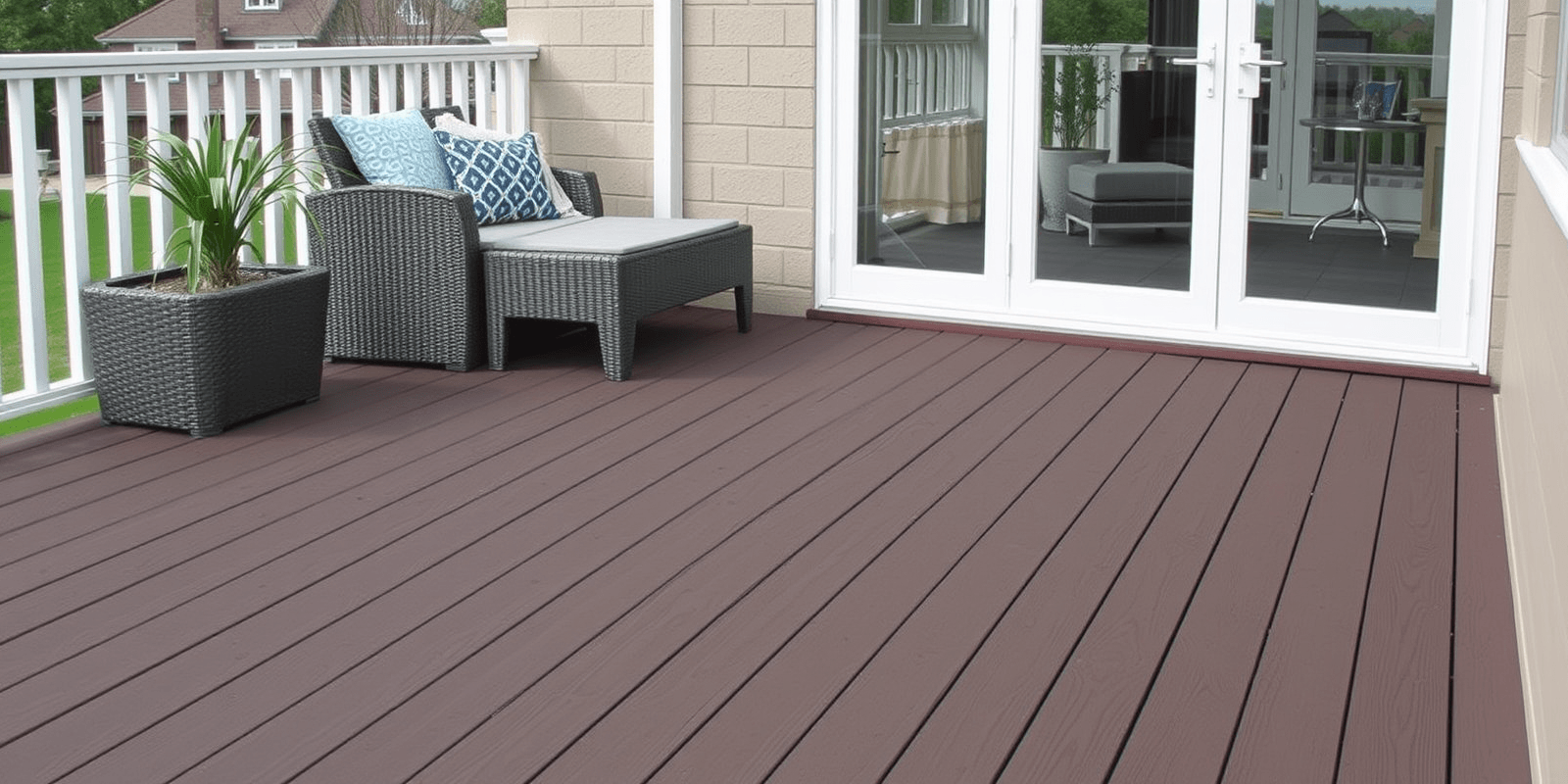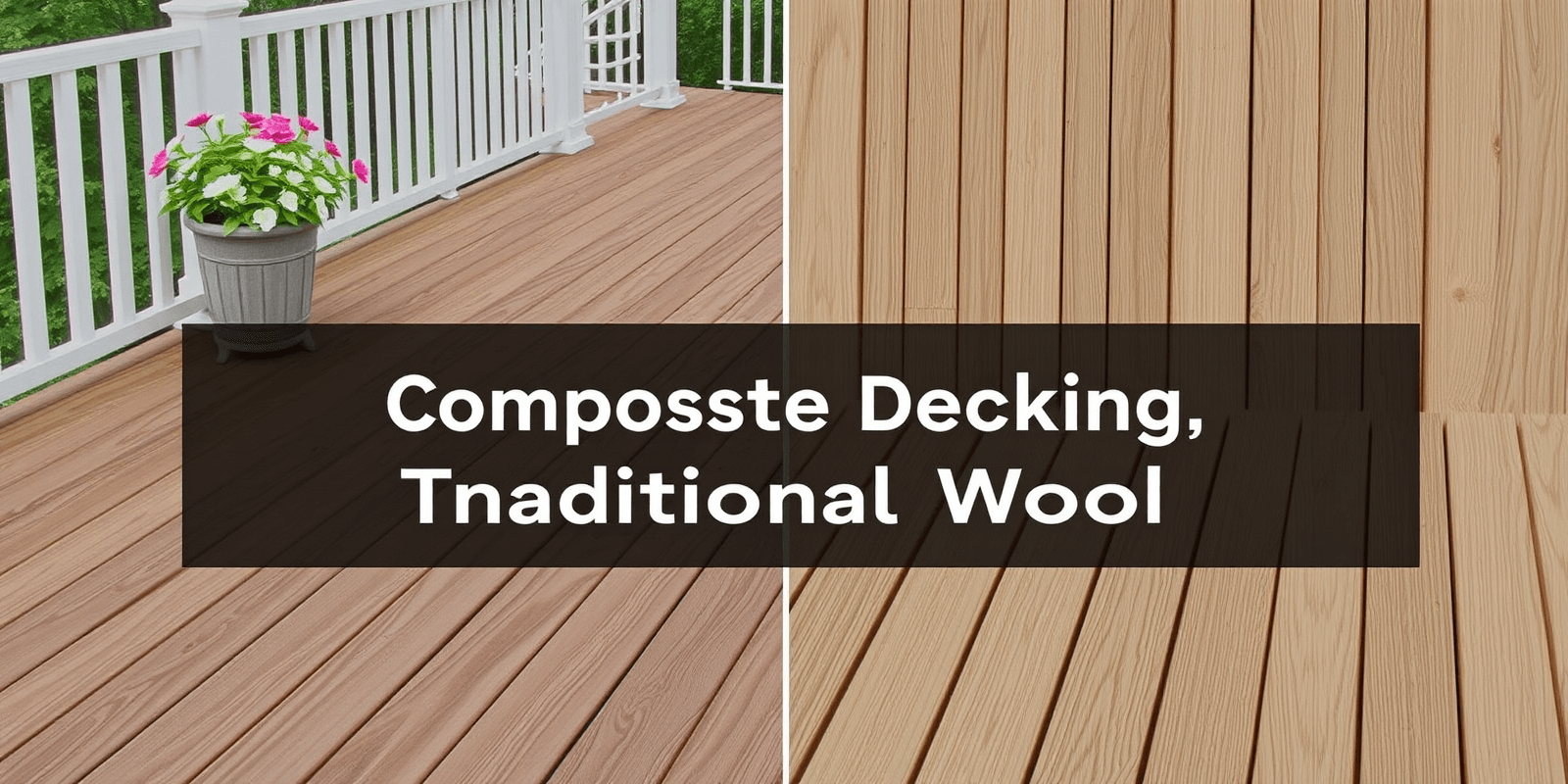“`html
Type of Screws Used for Composite Decking Boards
Introduction
The choice of screws for composite decking boards is a critical decision that can significantly impact the longevity and aesthetics of your deck. Composite decking, made from a combination of wood fibers and plastic, offers durability and low maintenance compared to traditional wooden decks. However, selecting the right type of screws is essential to ensure that your deck remains secure and attractive over time.
Material Options: Stainless Steel vs. Coated Screws
When it comes to the material of screws used for composite decking, two primary options are commonly discussed: stainless steel screws and coated screws. Stainless steel screws are renowned for their corrosion resistance and strength, making them an excellent choice for outdoor applications where exposure to moisture and weather elements is inevitable. On the other hand, coated screws, often zinc-coated or galvanized, provide a more cost-effective alternative. These screws have a protective layer that helps prevent rust and corrosion, but they may not offer the same level of durability as stainless steel over extended periods.
Choosing between these materials depends on factors such as budget, expected lifespan of the deck, and environmental conditions. For instance, in coastal areas with high humidity and salt content in the air, stainless steel screws might be a better investment due to their superior resistance to corrosion.
Screw Length Considerations
The length of screws used for composite decking boards is another crucial factor to consider. The appropriate screw length should be determined based on the thickness of the decking board and the spacing between the joists. Generally, the screw should penetrate through the entire thickness of the decking board and into the joist by at least 1 inch (2.5 cm) to ensure a secure hold. For example, if your decking board is 1.5 inches thick and the joists are spaced 16 inches apart, you would need screws approximately 3 inches long to achieve this depth.
Using screws that are too short can result in loose boards, while screws that are too long may penetrate the underside of the joist, leading to potential structural issues. It’s always advisable to consult the manufacturer’s guidelines for specific recommendations regarding screw lengths for your particular composite decking product.
Different Head Styles: Flat-Head, Pan-Head, and Bugle-Head Screws
The head style of the screw also plays a significant role in both the installation process and the final appearance of your composite deck. Flat-head screws sit flush with the surface of the decking board, providing a clean, professional look. They require countersinking the screw head slightly below the surface, which can be labor-intensive but results in a smooth finish. Pan-head screws, with their larger heads, distribute the load over a wider area, reducing the risk of splitting the decking board. This makes them a popular choice for DIY enthusiasts who want ease of use without compromising on quality.
Bugle-head screws combine the benefits of both flat-head and pan-head screws. Their unique design features a gradual taper from the head to the shank, which reduces the risk of splitting the decking board while still allowing for a relatively flush appearance. This style is particularly advantageous when working with composite materials, as it minimizes the likelihood of visible damage to the surface.
Each head style has its advantages and drawbacks, so the choice should be based on the specific requirements of your project and personal preference.
References
For further reading on the topic, you may find the following resources helpful:
“`



